Cause of death Lung cancer Years active 1926–68 Name Franchot Tone | Role Film actor Occupation Actor Siblings Frank Jerome Tone, Jr. | |
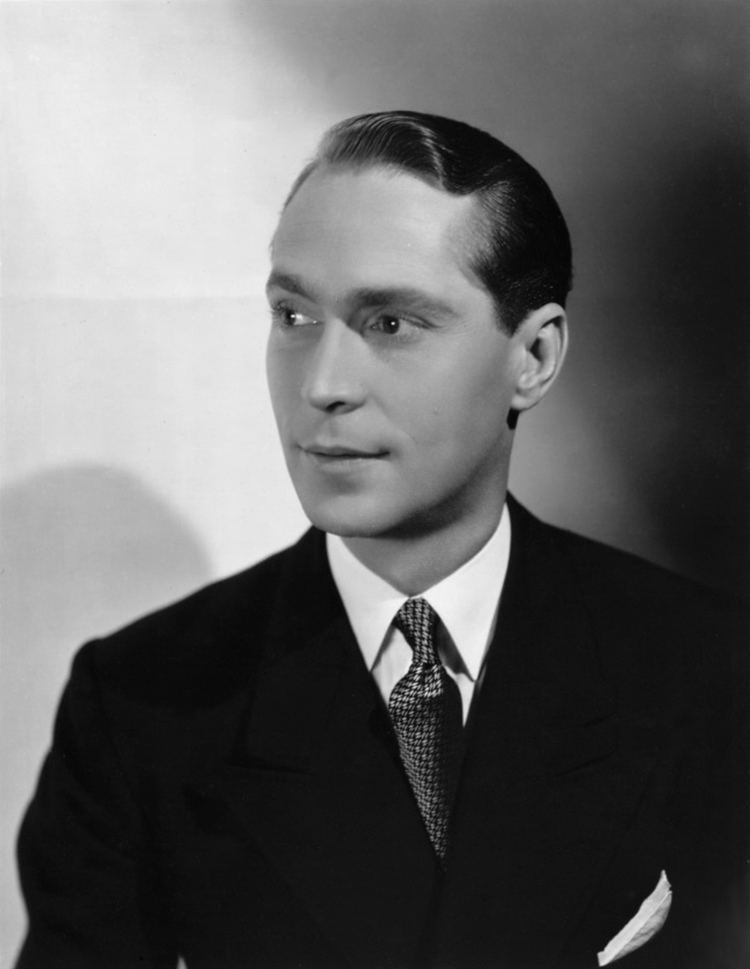 | ||
Full Name Stanislaus Pascal Franchot Tone Children Thomas Jefferson Tone, Pascal Franchot Tone Movies Mutiny on the Bounty, The Lives of a Bengal Lancer, Five Graves to Cairo, Dancing Lady, Three Comrades Similar People | ||
Franchot tone 2
Stanislaus Pascal Franchot Tone, known as Franchot Tone (February 27, 1905 – September 18, 1968), was an American stage, film, and television actor. He was the star of many successful films and television series throughout his career, such as Bonanza, Wagon Train, The Twilight Zone, The Alfred Hitchcock Hour, and The Lives of a Bengal Lancer. He is perhaps best known for his Oscar nominated role as Midshipman Roger Byam in Mutiny on the Bounty (1935), starring alongside Clark Gable and Charles Laughton.
Contents
- Franchot tone 2
- Franchot tone ruined
- Family and early life
- Career
- Personal life
- Death
- Filmography
- References
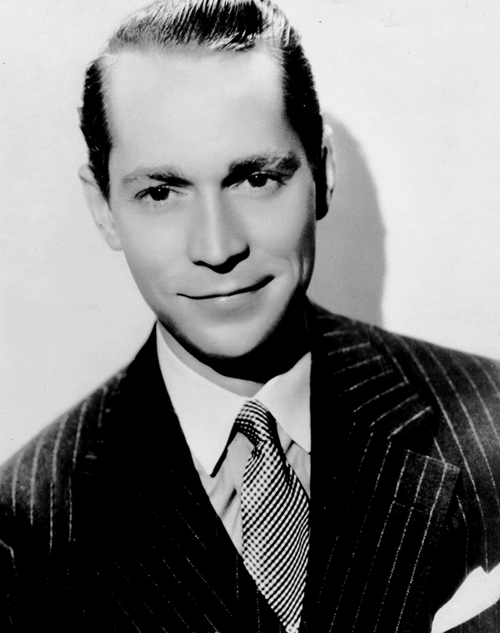
Franchot tone ruined
Family and early life
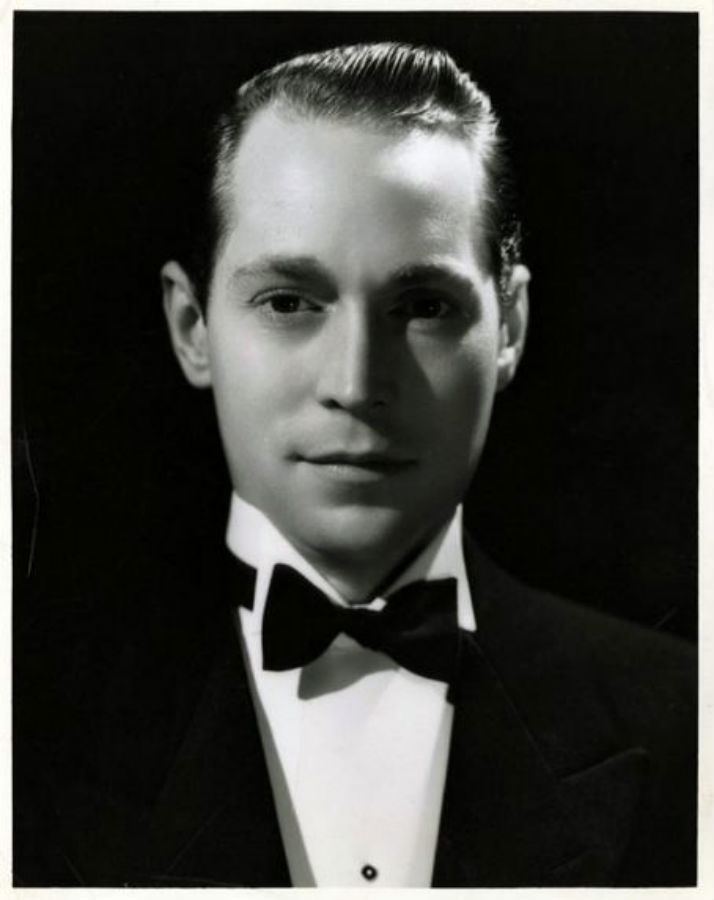
Stanislaus Pascal Franchot Tone was born in Niagara Falls, New York, the youngest son of Dr. Frank Jerome Tone, the wealthy president of the Carborundum Company, and his socially prominent wife, Gertrude Van Vrancken Franchot. His maternal great-grandfather was congressman Richard Franchot. Tone was also a distant relative of Wolfe Tone (the "father of Irish Republicanism"); his fourth great-grandfather John Tone was a first cousin of Peter Tone, the father of Wolfe Tone. Tone was of French Canadian, Irish, and English ancestry. Through his ancestor, the nobleman Gilbert BasqueHomme (Bascom), he was of French Basque descent.
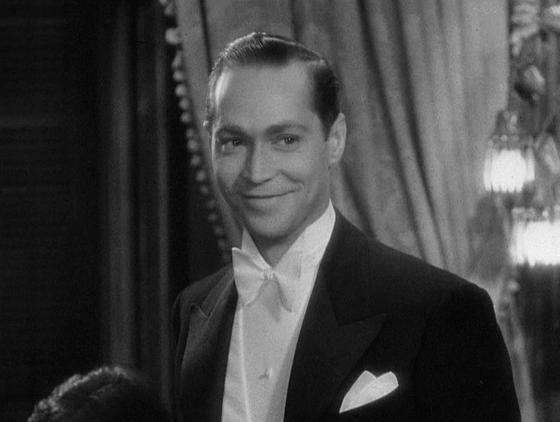
Tone was educated at The Hill School, from which he was dismissed “for being a subtle influence for disorder throughout the fall term.” He then entered Cornell University, where he was president of the drama club and was elected to the Sphinx Head Society. He also joined the Alpha Delta Phi fraternity. He gave up the family business to pursue an acting career in the theater. After graduating, he moved to Greenwich Village, New York and got his first major Broadway role in the 1929 Katharine Cornell production of The Age of Innocence.
Career
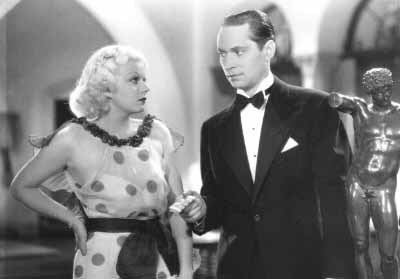
The following year, he joined the Theater Guild and played Curly in their production of Green Grow the Lilacs (later to become the musical Oklahoma!). He later became a founding member of the famed Group Theatre, together with Harold Clurman, Cheryl Crawford, Lee Strasberg, Stella Adler, Clifford Odets, and others, many of whom had worked with the Theater Guild. Strasberg had been a castmate of Tone's in Green Grow the Lilacs. These were intense and productive years for him; among the productions of the Group he acted in were 1931 (1931) and Success Story (1932).
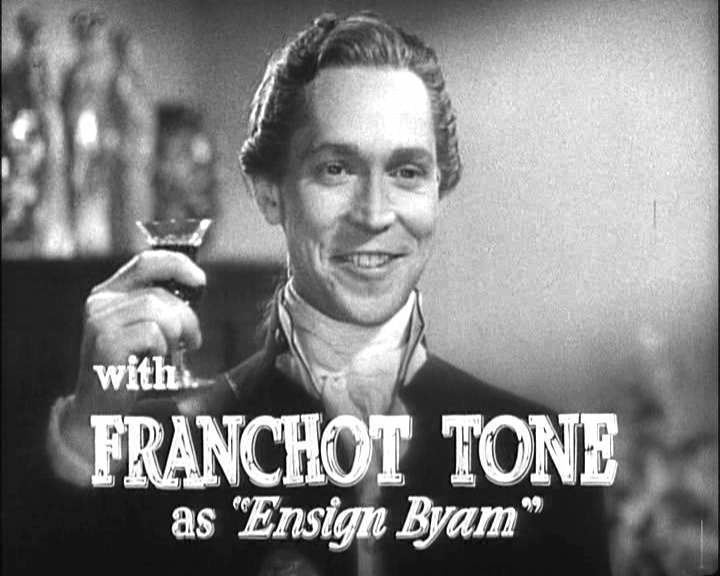
The same year, however, Tone was the first of the Group to go to Hollywood when MGM offered him a film contract. In his memoir on the Group Theater, The Fervent Years, Harold Clurman recalls Tone being the most confrontational and egocentric of the group in the beginning. Nevertheless, he always considered cinema far inferior to the theater and recalled his stage years with longing. He later provided financial support to the Group Theater, which often needed it. He returned to stage work sporadically after the 1940s.
Tone summered at Pine Brook Country Club, located in the countryside of Nichols, Connecticut, which became the Group Theater summer rehearsal headquarters during the 1930s.
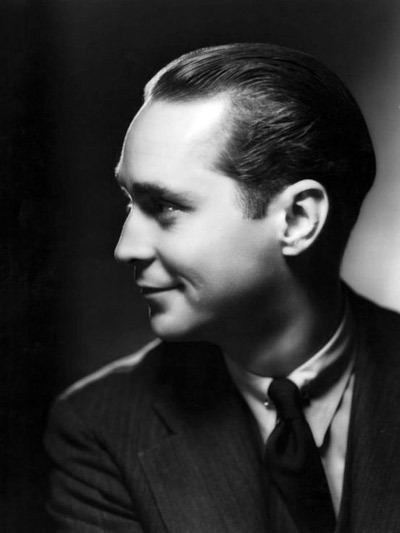
Tone's screen debut was in the 1932 movie The Wiser Sex. He achieved fame in 1933. He made six movies that year, including Today We Live, written by William Faulkner, Bombshell, with Jean Harlow (with whom he co-starred in three other movies), and the smash hit Dancing Lady, with his future wife Joan Crawford and Clark Gable. In 1935, he starred in Mutiny on the Bounty (for which he was nominated for the Academy Award for Best Actor), The Lives of a Bengal Lancer, and Dangerous opposite Bette Davis.
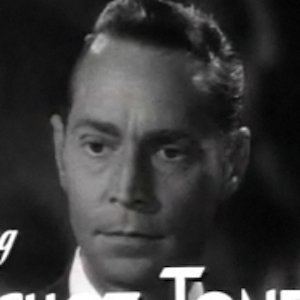
Tone worked steadily through the 1940s, but he often played second leads or love interests in films that focused on a major female star. Frequently typecast as the wealthy cafe-society playboy, he notably played against type in films like Five Graves to Cairo, a World War II espionage story directed by Billy Wilder, and Phantom Lady, an early film noir thriller. He played the heroic lead in the 1940 Western comedy Trail of the Vigilantes featuring Warren William, Broderick Crawford and Andy Devine.
In 1949 he produced and starred in The Man on the Eiffel Tower, a troubled production whose reputation has benefited from restorations in the 2000s that have coincided with theatrical showings and vastly improved DVD releases. Tone's tour de force role as a manic depressive sociopath included performing many of his own stunts on the Paris landmark.
In the 1950s, he found parts in New York City-based live television, including the original production of Twelve Angry Men. He also returned to Broadway, notably appearing in A Moon for the Misbegotten with Wendy Hiller in 1957. That same year, he co-produced, co-directed, and starred in an adaptation of Chekhov's Uncle Vanya, which was filmed concurrently with an off-Broadway revival.
In the early 1960s, Tone returned to Hollywood and, his appearance older than his years, played many showcase character roles on popular TV dramas like Bonanza, Wagon Train, The Twilight Zone, and The Alfred Hitchcock Hour. He also co-starred in the Ben Casey medical series from 1965 to 1966 as Casey's supervisor, Dr. Daniel Niles Freeland.
On film, he received acclaim as the charismatic, dying president in Otto Preminger's 1962 film version of Advise & Consent. His final movie appearances were cameos in Preminger's 1965 film In Harm's Way (in which he portrayed Admiral Husband E. Kimmel) and Nobody Runs Forever (1968).
Personal life
In 1935, Tone married actress Joan Crawford. They were divorced in 1939. They made seven films together--Today We Live (1933), Dancing Lady (1933), Sadie McKee (1934), No More Ladies (1935), The Gorgeous Hussy (1936), Love on the Run (1936), and The Bride Wore Red (1937). During the time they were married, they tried to have children, but Crawford alleged that seven pregnancies ended in miscarriages.
Tone took their split hard, and his recollections of her were cynical — "She's like that old joke about Philadelphia: first prize, four years with Joan; second prize, eight." However, many years later, when Tone was dying of lung cancer, Joan often cared for him, paying for his food and medical treatments. At one point during this period, Tone suggested they remarry. Crawford refused.
In 1941, Tone married fashion model-turned-actress Jean Wallace, with whom he had two sons and who appeared with Tone in both Jigsaw and The Man on the Eiffel Tower. They were divorced in 1948.
In 1951, Tone's relationship with actress Barbara Payton made headlines when he was rendered unconscious for 18 hours and sustained numerous facial injuries following a fistfight with actor Tom Neal, a rival for Payton's attention. Plastic surgery nearly fully restored his broken nose and cheek. Tone subsequently married Payton, but divorced her in 1952 after obtaining photographic evidence she had continued her relationship with Neal.
In 1956, Tone married Dolores Dorn, with whom he appeared in Uncle Vanya. They were divorced in 1959.
Death
Tone, a chain smoker, died of lung cancer in New York City on September 18, 1968. Crawford arranged for him to be cremated and his ashes scattered at Muskoka Lakes, Canada.
For his contribution to the motion picture industry, Franchot Tone has a star on the Hollywood Walk of Fame at 6558 Hollywood Blvd.
